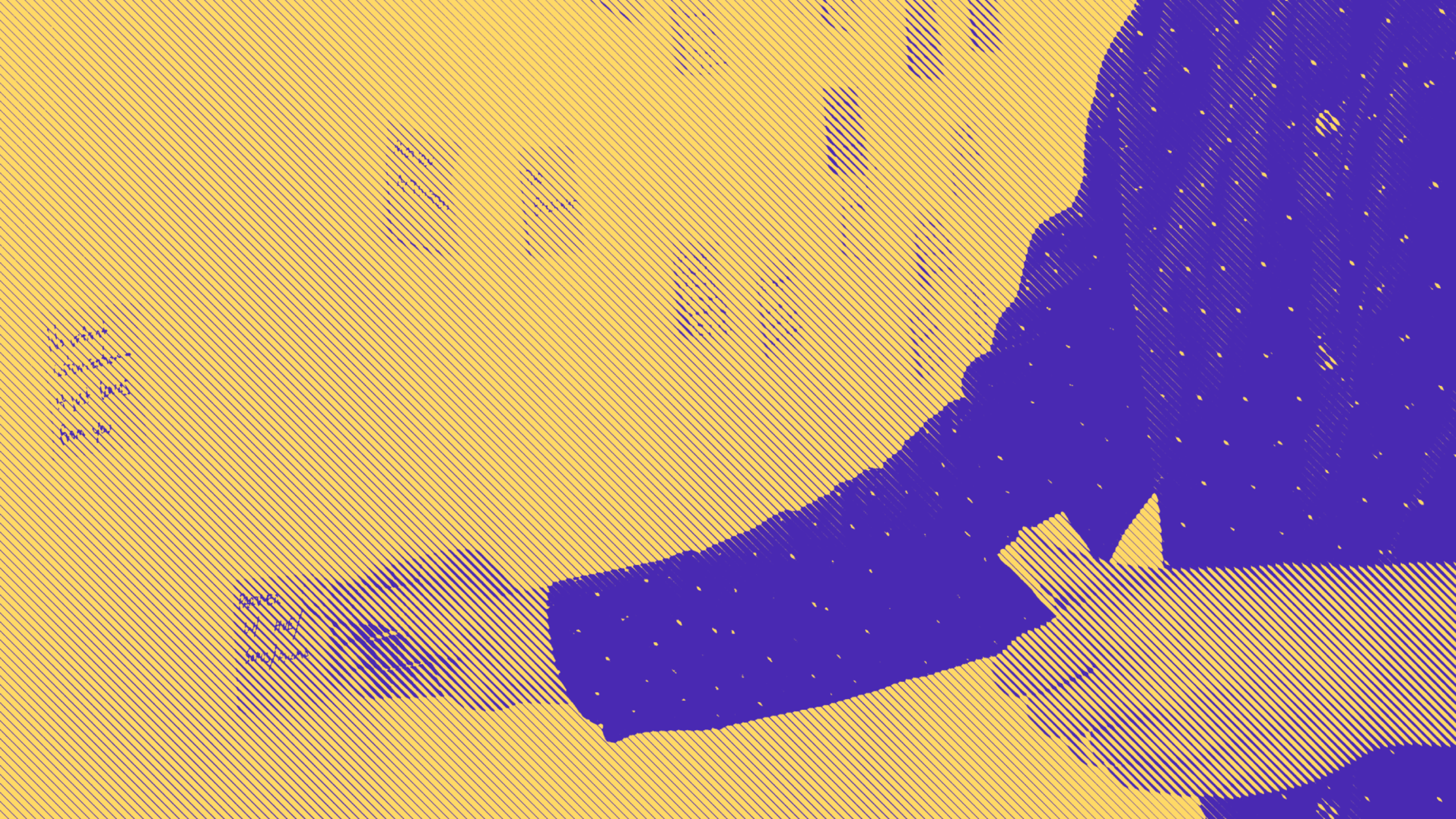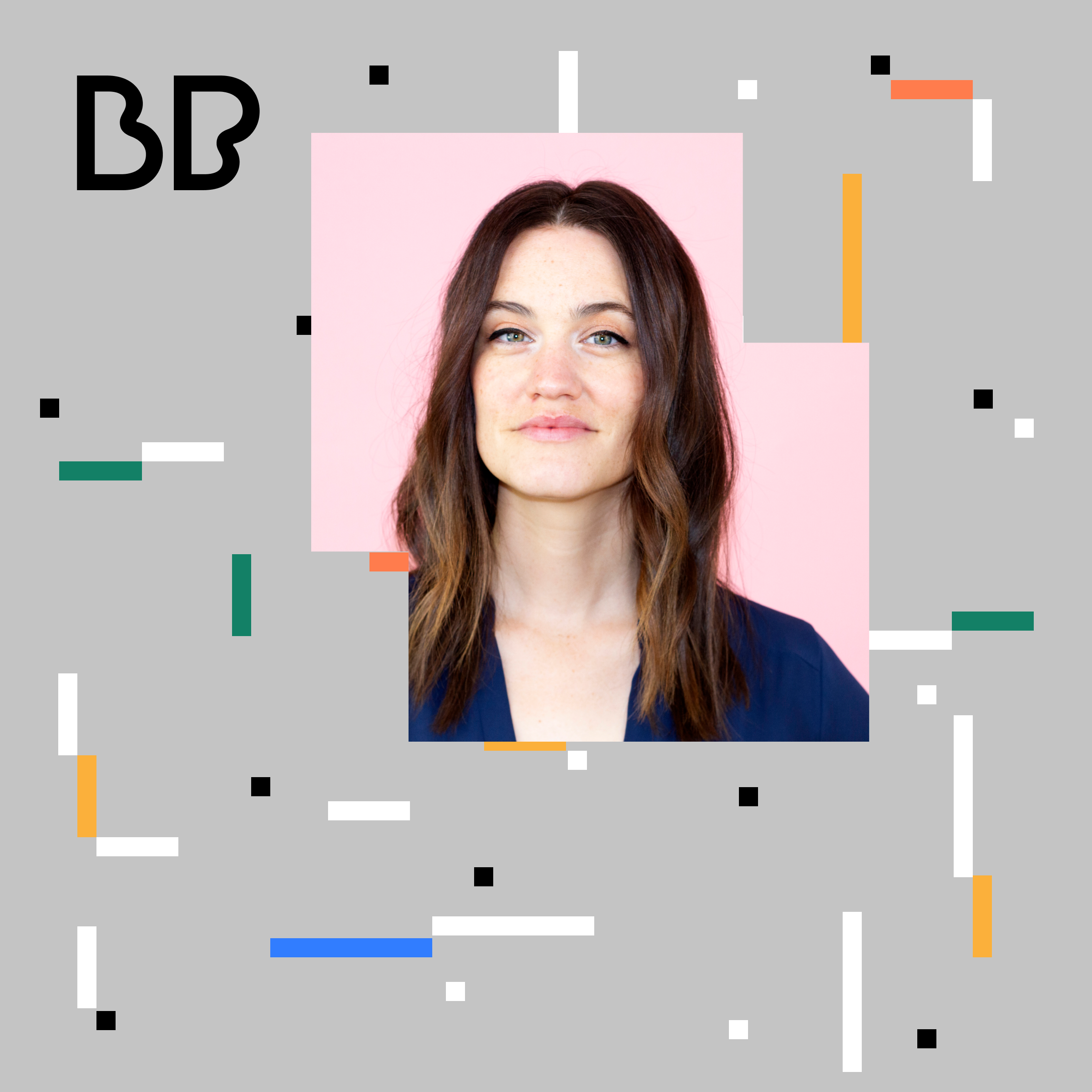How to Define the First Version of Your Digital Product


What happens when a product designer starts with the user, instead of a product or problem? For Gabrielle Guthrie, this approach is key to user-centered design.
Gabrielle was the cofounder and product designer at Moxxly, a hands-free breast pump for women on the move. Gabrielle shares how she used empathy to approach every product design challenge from the user’s perspective.
To hear from leaders like Gabrielle Guthrie while tapping into the power of an interconnected community of product professionals, join the better product community.
A special offer to our listeners from Gabrielle: If you are a design decision-maker and interested in getting involved in her next project, you can contact her at gabrielleguthrie.com.